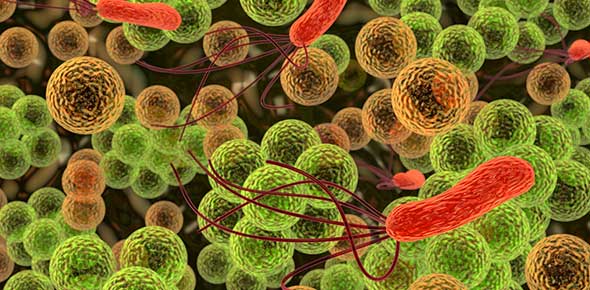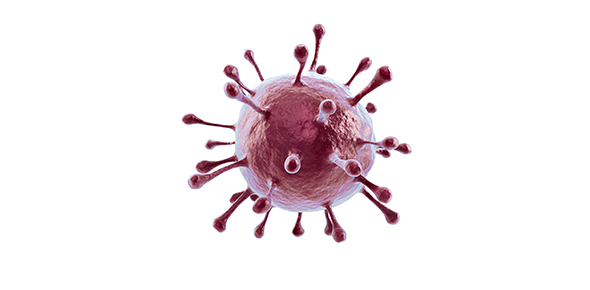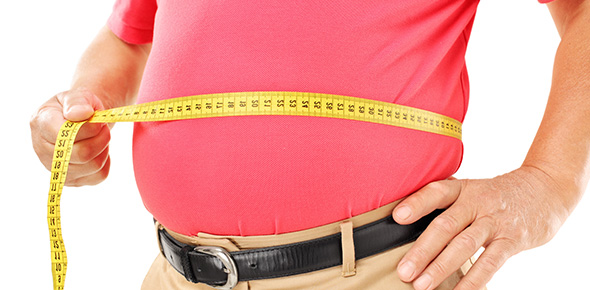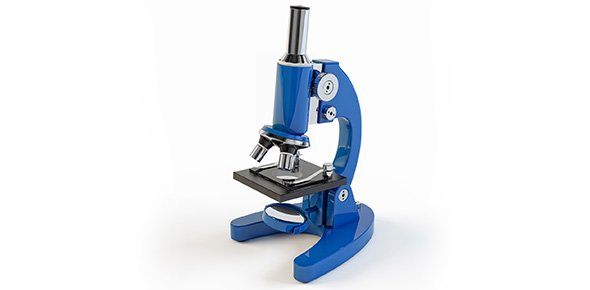Related Flashcards
Related Topics
Cards In This Set
| Front | Back |
|
What is the only natural reservoir for this species?
|
Humans
|
|
Infectious flourish with:
|
Povertyovercrowdingpoor hygience
|
|
How is it contracted?
|
Majority via respiratory droplets but can infect through the GI tract or skin
|
|
The likelihood of infection relates to:
|
# of organisms in respiratory droplets of infected personcloseness of contactadequacy of ventilation
|
|
General features
|
-rods with unique cell wall structure-aerobes-slow generation time (12-24 hrs)-highly variable growth requirements-NO typical toxins/virulence factors produced
|
|
Virulence factors
|
-no traditional types of toxins of virulence factors-all damage to the host is based on the immune responses to the organism
|
|
Pathogenesis - Primary tuberculosis
|
-response to initial infection-midzone of lung is the typical site for infection-cells that reach the bronchi or alveoli are engulfed by macrophages-no fusion of lysosome-organism survives in macrophage-organism multiply within macrophages and are carried to the lymph nodes that drain the site-at lymph nodes, there will be dissemination of some organisms through lymphatic vessels and blood-organism deposited in organs (liver, spleen, kidneys, brain)-symptoms at absent or mild, flu like
|
|
After 2-4 weeks or primary tuberculosis
|
-cell mediated immunity is apparent-large number of activated macrophages surround the site of infection-organism has multiplied to large numbers-macrophages will be able to kill most of them-granulomas form at sites where macrophages are activated-as new macrophages act on organism, fibroblasts are attracted to area-collegan fibers deposited-fibrin encases the area = lesion-at this point, primary site of infection can be detected via xray = Ghon complex-some organisms continue to be viable for long periods of time but not active = quiescent lesion-most organisms will remain dormant within the fibrin capsule and are protected from macrophages
|
|
Reactivation
|
-this is when quiescent lesion reactivates and causes clinical disease-characterized by weakening of host defenses so that:-->macrophages are not activated-->regrowth of organism in macrophages-->these lyse and release organism-->lysosomal contents are released-->tissue damage
-normally at the apex of the long-there will be spreading, coalescing lesions with high numbers of organisms -coalescing lesions=tubercules-leads to caseouls necrosis-necrosis involves the wall of the bronchus and small blood vessels |
|
What are 2 triggers for reactivation?
|
Men over 50immune status
|
|
What are the symptoms of reactivation?
|
-coughing up blood and caseous material-chronic fever-night sweats-weight loss-productive cough***highly contagious and infectious
|
|
Testing
|
-Used to measure cell mediated immunity-called PPD purified protein derivative-read 48-72 hrs later-positive rxn involves a hard, red area more than 1 cm in diameter-means person has been exposed to TB at some point and had an immune response-not necessarily indicative of an active infection-diagnosis must be confirmed by chest xray
|
|
Treatment
|
****huge resistance problem-always 2-3 different drugs used for an extended period-typicallyisoniazid (lipid synthesis inhibitor)rifampin (RNA synthesis inhibitor)usually 3rd drug (fluoroquinilones)
|
|
MDR-TB
|
Multidrug resistantresistant to isoniazid and rifampintreated with 2nd tier reserved drugs
|
|
XDR-TB
|
Extremely drug resistantresistant to isoniazid, rifampin, fluoro as well as a fourth drugminimal treatment option available
|







